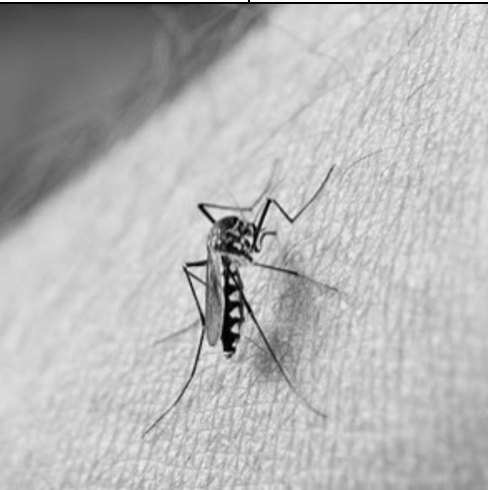
Lessons from scaling up Malaria bednets in Africa
Malaria is the leading cause of death in several African countries most notably in children under 5 years old. The ITN is a mosquito net that has been treated with an insecticide that kills any mosquitoes that come into contact with it. A more recent innovation of the ITN is the long-lasting insecticidal net (LLIN), which has become the most recommended net by the World Health Organization (WHO). Unlike other types of ITNs that require regular retreatment with insecticide, LLINs are factory-treated and therefore do not require retreatment.
Insecticide-treated bed nets have decreased clinical malaria cases across Africa. In Tanzania, many implementation scientists were involved in the local malaria bednet adoption program. By systematically accounting for factors that might influence the use of bednets, they predicted that families were more concerned about the nuisance of being bitten by mosquitoes than they were of malaria.
Overview
Malaria is the leading cause of death in several African countries most notably in children under 5. The ITN is a mosquito net treated with an insecticide that kills mosquitoes that come into contact with it. A recent innovation of the ITN is the long-lasting insecticidal net (LLIN), which has become the most recommended net by the World Health Organization. Unlike other types of ITNs that require regular retreatment with insecticide, LLINs are factory-treated and do not require retreatment.
Insecticide-treated bed nets have decreased clinical malaria cases across Africa. In Tanzania, many implementation scientists were involved in the local malaria bednet adoption program. They predicted families were more concerned about the nuisance of being bitten by mosquitoes than they were of malaria. They also demonstrated how the color of the net affects efficacy as they lose effectiveness the more, they are washed. While whiter nets are cheaper (and therefore most frequently used), the choice undercuts the program’s impact.
Importance
The use of insecticide-treated bed nets, particularly LLINs, has proven to be effective in combatting malaria in Africa. By exploring the implementation process, the research can identify critical factors influencing bed net adoption and usage, including how the color of the net affects its efficacy. Understanding the local context and addressing concerns related to mosquito nuisance versus malaria risk can significantly impact the success of bed net programs. Implementation science plays a crucial role in designing targeted campaigns that effectively promote LLIN usage and enhance the program’s overall impact on malaria prevention.
Research Objectives
This project explores how malaria bednets are implemented in several African countries and the role that implementation science plays in leapfrogging over profound systemic and logistical challenges and navigating cultural complexities.
Implications
Understanding the implications of insecticide-treated bed nets, particularly LLINs, can inform effective malaria control strategies. Targeted campaigns that prioritize community preferences can enhance bed net utilization. Additionally, considering color choices to preserve net efficacy offers insights for program design. Implementation science plays a vital role in navigating cultural complexities and ensuring sustainable malaria control efforts.
Related Publications
- Implementation of insecticide-treated malaria bed nets in Tanzania: a systematic review (https://www.joghr.org/article/37363-implementation-of-insecticide-treated-malaria-bed-nets-in-tanzania-a-systematic-review)
